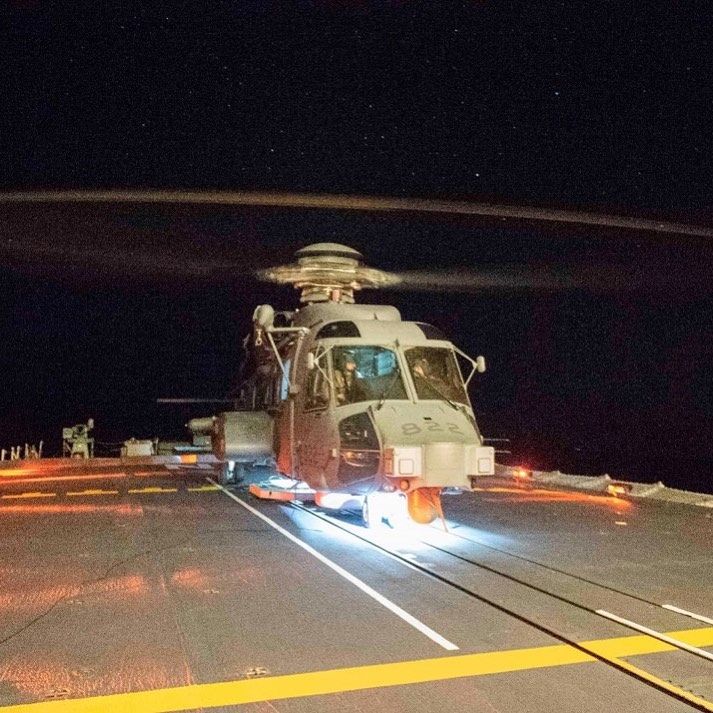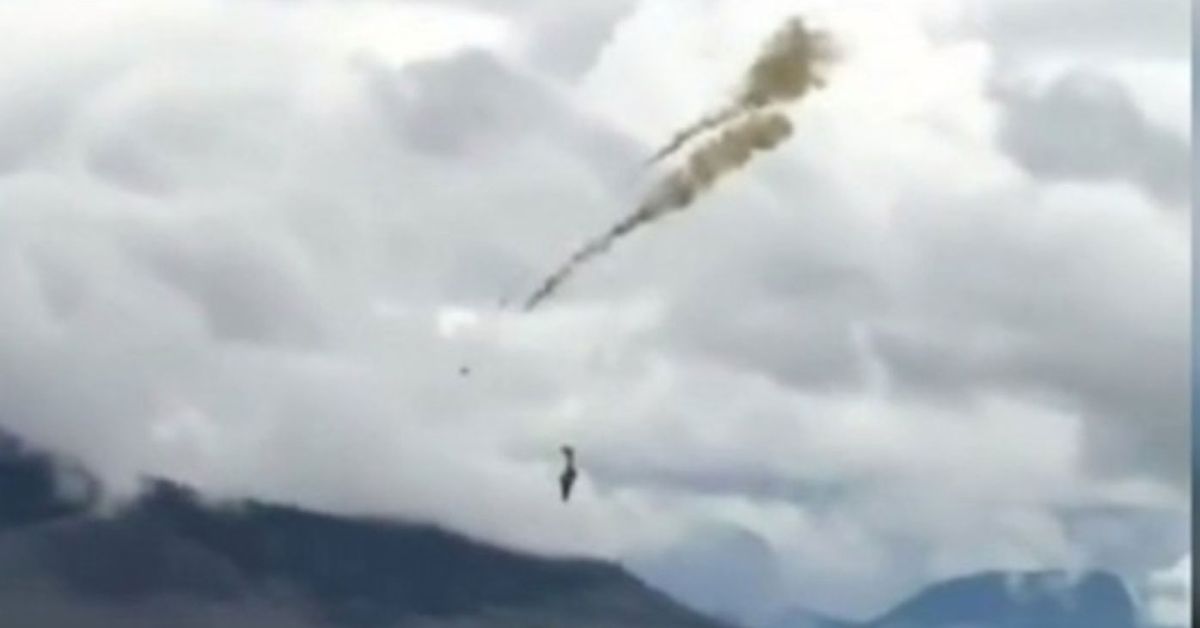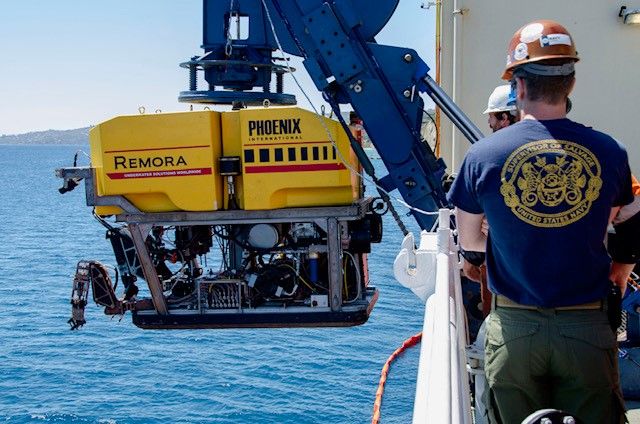Todjaeger
Potstirrer
Given the lack of any definition of what would constitute a 6th generation fighter, it would be IMO at least, irresponsible to try and make that sort of prediction, especially for something as important as national/multi-national air defence planning.Can we all agree that 6th generation aircraft are likely to be fielded successfully in the early 2040 time frame does it not then seem plausible that because we have dithered for so long it may be better to purchase a 4.5 generation fleet as an interim?
A SH or Gripen purchase now would allow us to sell off 20 year old aircraft to a lessor state air force where these aircraft would serve well in their environment. This would allow us to formally plan and truly participate as a partner in whatever program we feel offers us the most benefit.
Using the F-35 and F-22 fighters as benchmarks, it was years from the time the initial development programmes were started before a recognizable prototype of what is now in service emerged. The F-22 had it's first flight in 1997, but the initial start of what led to that programme was an RFI in 1981. The F-35 had it's first flight in 2006, but programmes which were amalgamated to become the JSF programme started, some of them at least, as far back as 1983, with most having started in the early 1990's. With those sorts of timelines in mind, any current work towards developing a 6th generation fighter could easily take 15+ years before the first flying example emerges, and then another decade beyond that for it to start entering service.
That would put such a replacement at possibly existing starting in the mid-2040's, at which point it might, or might not be available for Canada to order, it might, or then again might not be affordable for Canada to purchase, and it might or might not be available for delivery in a time frame which Canada could work with. OTOH it is also distinctly possible that the current developmental programmes could end up getting cancelled like happened with the A-12 Avenger II, the NATF, etc.
Going with a 4.5 gen replacement, now, would deliver a capable fighter jet at the present time, but within a decade and quite possibly less there would be a rapid drop off in terms of viability of such a capability in contested air spaces. Something people seem to forget is that 4.5 gen fighters first started entering service nearly 20 years ago (F/A-18E/F Super Hornet first flight in 1995 and IOC in 2001...). To introduce an older generation fighter into primary/front line service now, with the expectation that this aircraft generation which is already fast approaching it's sell-by date could realistically serve an entire generation of 25-30 years of service is IMO a plan for failure given the known and approaching potential threats as well as the potential for future programmes to fall over.






